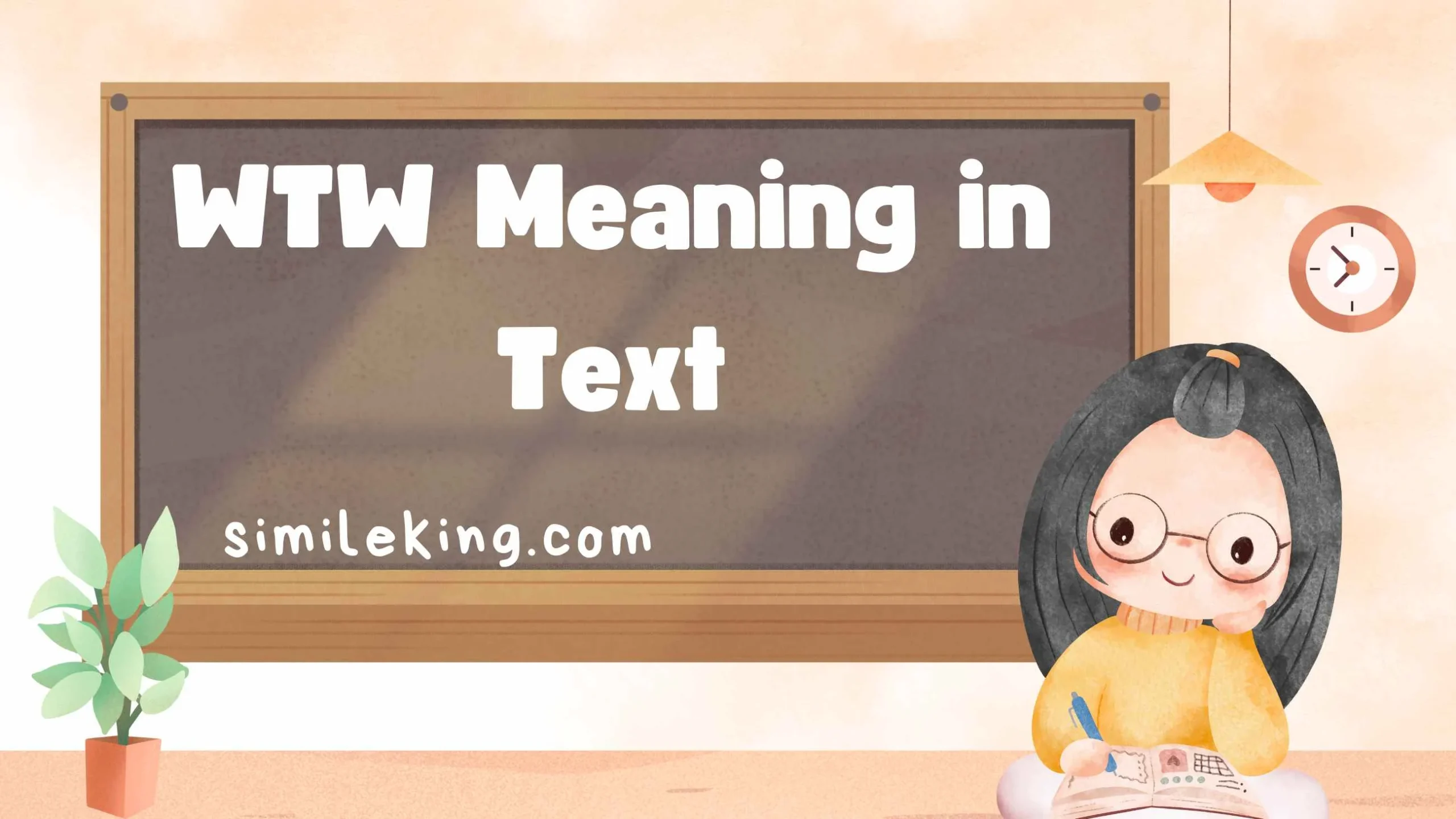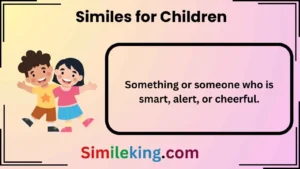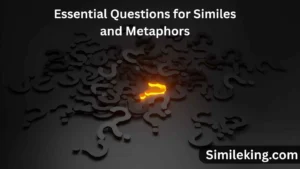In the fast-paced world of digital communication, short forms and abbreviations dominate conversations. Among these, “WTW” has become a popular shorthand across text messages, social media, and even professional chats. If you’ve ever received a message with “wtw” and felt unsure about its meaning, you’re not alone.
So, what does wtw mean in text?
The answer isn’t as straightforward as a single definition. While the most common meaning is “What’s the word?”, context plays a critical role. Sometimes it means “What’s up?”, “What’s going on?”, or even serves as a casual greeting. Like many texting abbreviations, wtw is flexible, tone-dependent, and varies across generations and social settings.
This article explores the meaning of wtw in text, its origins, formal and informal alternatives, tone-specific nuances, and practical examples. By the end, you’ll not only understand what wtw means but also how to use (or avoid) it in different contexts.
What Does WTW Mean in Text?
The most widely accepted definition of wtw in text messaging is:
- WTW = What’s the word?
In modern texting culture, this translates to “What’s going on?” or “What’s up?” It’s a shorthand way to check in, greet, or start a conversation.
Other Common Meanings of WTW in Text
- What’s the Word? → Asking what’s happening or what’s new.
- What’s Up? → Informal greeting.
- What’s the Way? → Rare, but used when asking about directions or next steps.
- Worth the Wait → Occasionally used in relationship or marketing contexts.
- Walk This Way → Seen in memes or music references.
While the dominant usage in texting is “What’s the word?”, the others appear in niche contexts. Understanding which meaning applies depends on the sender, tone, and situation.
Why Do People Use WTW in Text?
Language in digital spaces evolves toward speed and convenience. Abbreviations like wtw save time while keeping conversations casual. Here’s why people use it:
- Efficiency: Typing three letters is faster than a full sentence.
- Trendiness: Slang reflects belonging to a group or generation.
- Casual Tone: WTW softens the start of a chat, making it feel friendly.
- Conversation Starter: Works as an easy opener when unsure how to begin.
Example:
- Friend A: “Hey, wtw?”
- Friend B: “Just chilling, hbu?”
WTW in Polite, Professional, and Casual Contexts
WTW may look simple, but tone matters. Using it in the wrong situation can seem unprofessional or confusing. Below is a breakdown of how wtw (and its alternatives) work across different tones.
1. Casual Texting
- Usage: Between friends, peers, or on social media.
- Meaning: Usually “What’s up?”
- Tone: Relaxed, playful, modern.
- Example:
- “Yo, wtw tonight? Trying to hang out?”
2. Polite Conversations
- Usage: Semi-formal chats with acquaintances.
- Alternative: Instead of wtw, use “How are you?” or “How’s everything?”
- Example:
- “Hey! Just wanted to check in—how’s everything going with you?”
3. Professional Settings
- Usage: Rarely appropriate. Avoid wtw in workplace or business contexts.
- Alternatives: “Hope you’re doing well” or “How are things progressing?”
- Example:
- “Good morning, I just wanted to follow up on the project. How are things progressing?”
10 Alternatives to WTW (Polite, Professional & Casual)
To help you choose the right phrasing, here are ten carefully selected alternatives to wtw with examples:
1. What’s up? (Casual)
- A simple, friendly greeting.
- Example: “Hey, what’s up? Haven’t heard from you in a while.”
2. How’s it going? (Casual/Polite)
- Works both with friends and acquaintances.
- Example: “Hi, how’s it going? Hope your week’s been good.”
3. How are things? (Polite/Professional)
- Gentle and conversational.
- Example: “Just wanted to check in—how are things at your end?”
4. What are you up to? (Casual)
- Invites a more detailed response.
- Example: “Hey, what are you up to this weekend?”
5. How have you been? (Polite)
- More thoughtful than “wtw.”
- Example: “It’s been a while since we talked—how have you been?”
6. Hope all is well. (Professional)
- Polished and safe for emails or LinkedIn.
- Example: “Good afternoon, hope all is well with you and your team.”
7. Any updates? (Professional)
- Direct but respectful.
- Example: “Just following up on our last meeting—any updates on the proposal?”
8. What’s going on? (Casual)
- Similar to “wtw,” but more widely recognized.
- Example: “Yo, what’s going on with you today?”
9. How’s everything going? (Polite/Professional)
- Neutral and flexible.
- Example: “Hi Sarah, how’s everything going with the project timeline?”
10. What’s happening? (Casual)
- Energetic and friendly.
- Example: “Hey! What’s happening tonight? Still down for the game?”
Nuances of Tone: When to Use WTW vs. Alternatives
One of the biggest challenges with texting abbreviations is tone. The same wtw can sound friendly in one chat and careless in another. Here’s a guide to navigating tone:
- With close friends: WTW is perfect—short, fun, and casual.
- With acquaintances: Switch to “How’s it going?” for a balance of casual and polite.
- With coworkers: Avoid slang—stick to professional phrasing.
- With family: Use warmer alternatives like “How have you been?”
How Generations Interpret WTW in 2025
The meaning of slang often shifts across generations. As of 2025, here’s how different groups see wtw:
- Gen Z (13–26): Most likely to use wtw daily, especially in texting or DMs.
- Millennials (27–44): Recognize it but prefer alternatives like “What’s up?”
- Gen X & Boomers (45+): Many find wtw confusing; better to avoid with them.
Understanding your audience ensures clarity. If you’re texting across generations, stick to clear alternatives.
Common Mistakes with WTW
- Using it professionally → Slang reduces credibility in workplace communication.
- Overusing it → Can seem repetitive or lazy if every message starts with wtw.
- Assuming everyone understands → Not all age groups are familiar with it.
- Forgetting tone → In sensitive situations, wtw may sound dismissive.
Texting Examples with WTW and Alternatives
To give you a real-world perspective, here are 10 texting examples across casual, polite, and professional situations:
- Casual (Friends):
- A: “Yo, wtw rn?”
- B: “Just gaming, wanna join?”
- Casual (Plans):
- “Hey, wtw tonight? We still going out?”
- Polite (Checking in):
- “Hi, how have you been? Just wanted to catch up.”
- Polite (Friendly):
- “Hey! It’s been a while—how’s everything going with you?”
- Professional (Email):
- “Good morning, hope all is well. Any updates on the next steps?”
- Professional (Follow-up):
- “Just checking in—how are things progressing with the design draft?”
- Casual (Weekend plans):
- “Yo, wtw for the weekend? Down for a movie?”
- Polite (Family text):
- “Hey, how’s it going? Haven’t seen you in a while.”
- Professional (Team chat):
- “Quick question—any updates on the client feedback?”
- Casual (Random check-in):
- “wtw bro? Haven’t heard from you in a bit.”
Final Thoughts
The abbreviation wtw in text may look small, but it carries big meaning depending on the situation. While it most often stands for “What’s the word?”—essentially “What’s up?”—its tone shifts based on context.
- Use wtw casually with friends.
- Choose alternatives for polite conversations.
- Avoid slang in professional settings.
By understanding these nuances, you’ll not only text smarter but also communicate with clarity across different audiences in 2025.





